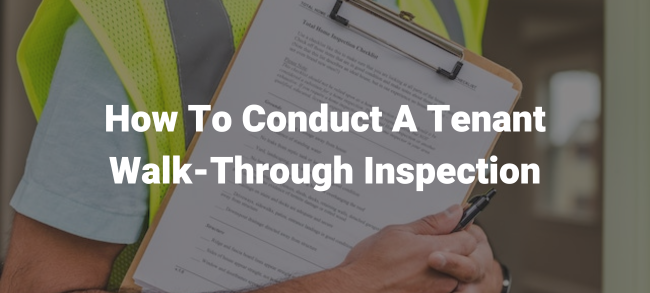What Exactly is “Normal Wear and Tear”?
“Normal wear and tear” can create a lot of confusion. Tenants and landlords often have disagreements when deciding what to consider as wear and tear. That’s why it’s important to include the term in your Tampa lease agreement.
In this article, we’ll cover the basics of recognizing normal wear and tear. Do note that you should look into Florida laws for extra assurance.
How can you define “normal wear and tear”?
Some of the definitions reflect laws, others stem from general guidelines. Most see normal wear and tear as an expected decline. It results from aging and normal everyday use.
Damage, on the other hand, is from being careless or negligent.
The landlord should conduct adequate maintenance to combat the wear and tear. Damage is every tenant’s personal responsibility.
Is it normal wear and tear?
Take a look at the following list of practical examples. This provides some understanding of the line between normal wear and tear and damage.
- Bathrooms
YES: Enamel scratches and wear in sinks, bathtubs, and toilets. Loose or dull bathroom tiles. Aging pipes causing clogged drains. Rust on the shower rod. Dark spots on the bathroom mirror.
NO: Broken enamel in bathtubs, toilets, and sinks. Bathroom tiles completely missing. Cracked tiles. Clogged drains resulting from negligent use. Shower rod missing. Bent shower rod. Bathroom mirror has stains from makeup or harsh personal hygiene products.
- Carpet
YES: Fading. Worn thin or little worn patches.
NO: Big holes and stained areas. Ripped carpeting. Urine from pets and other “accidents”. Cigarette or other burns in the carpet.
- Doors
YES: Sticky doors from moisture exposure.
NO: Doors that are off the hinges. Broken doors.
- Hardwood flooring
YES: Fading from sunlight exposure. Lost finish due to aging.
NO: Deep scratches. Bits of the hardwood missing. Water stains.
- Lampshades
YES: Faded or filthy lampshades.
NO: Torn, burnt, and stained lamp shades. Completely missing shades.
- Paint
YES: Fade due to sunlight exposure. Light scrapes from normal daily life.
NO: Unauthorized colors. Scribbles and writings on the paint.
- Tile flooring
YES: Dirt accumulation in the grouts.
NO: Chipped, broken, or completely missing tiles.
- Wallpaper
YES: Faded wallpaper. Mildly torn.
NO: Drawings on the wallpaper. Unapproved wallpaper.
- Windows
YES: Glass has light scratches. Looks a bit worn.
NO: Broken glass, ripped screens, and deep scratches.
How about light bulbs?
When a new tenant moves in, the rental property should have working light bulbs. The same should be said before the tenant moves out. The renter is responsible for changing them, not the landlord.
What about generally bad living conditions?
Cleaning after a tenant moves out and before a new one moves in is your responsibility as a landlord.
You’ll pay for the cleaning services unless the tenants failed to regularly clean the place during their lease. The cleaning services will charge a higher fee for worse conditions, which the tenant will have to pay.
How can I properly document damage or wear and tear?
The most important step is to conduct move-in and move-out inspections. Use a checklist when a new tenant moves in. Then you can compare both inspections to determine if there are any differences. If there are, then you decide whether it’s normal wear and tear or damage. If there’s damage, you deduct the sum from the tenant’s security deposit.
Don’t focus only on the move-in and move-out inspections. Regular inspections along with maintenance keep the property in good condition.
Would photo and video materials work?
Some landlords opt for taking before-and-after photos and videos. This will help in providing a clear demonstration to tenants why you are keeping the security deposit.
The bottom line: what is normal wear and tear?
Normal wear and tear is aging and deterioration resulting from regular use. Damage means negligence, carelessness, and destruction of personal property.












